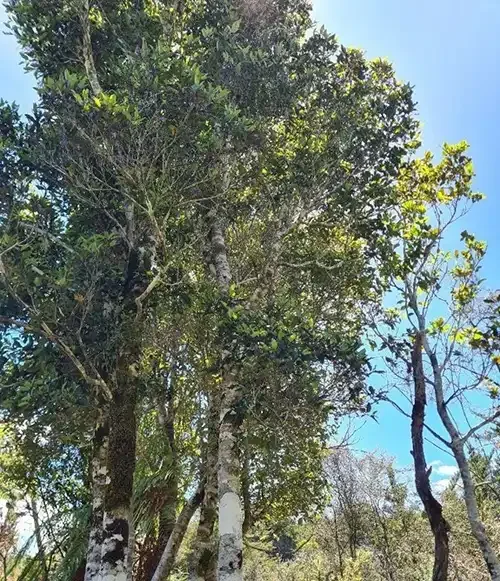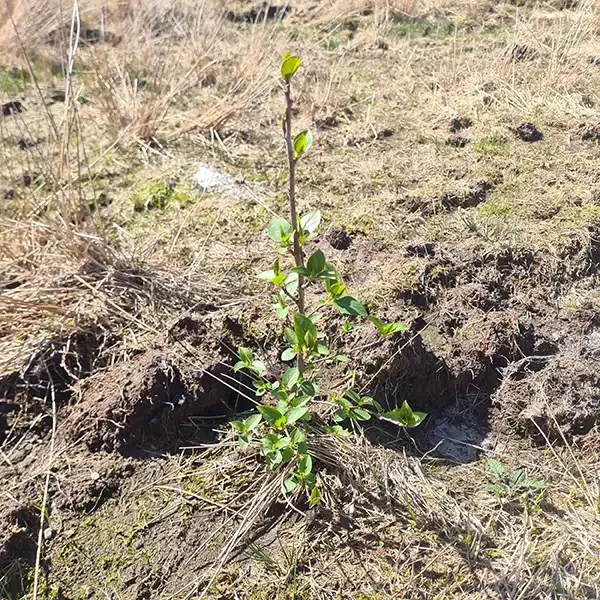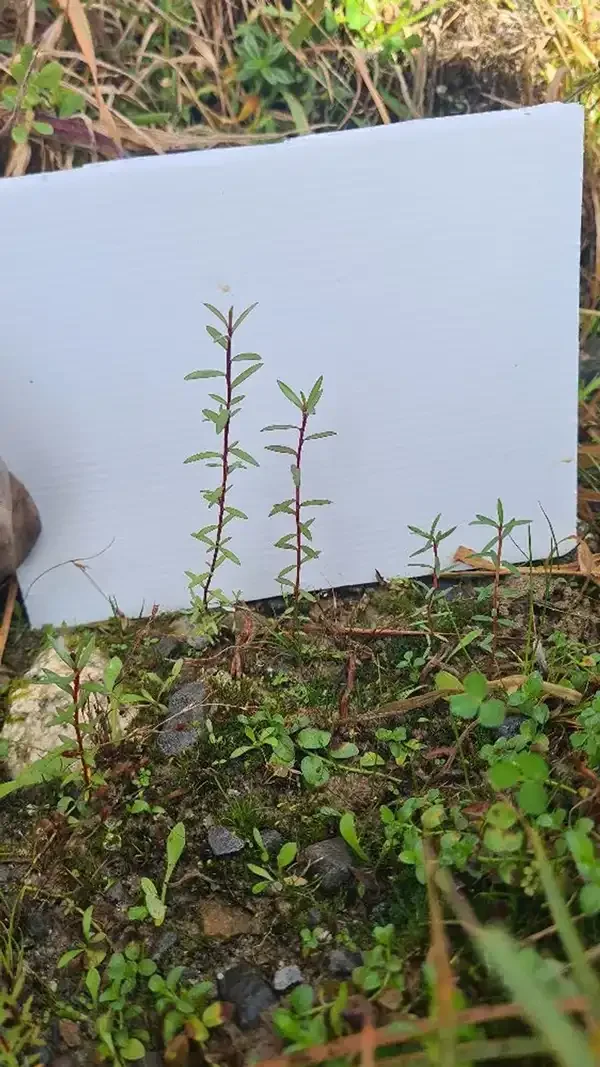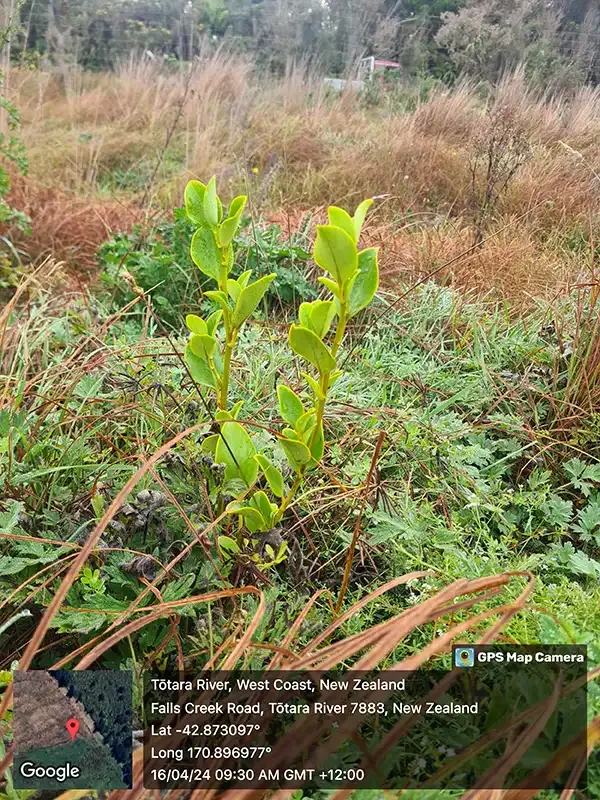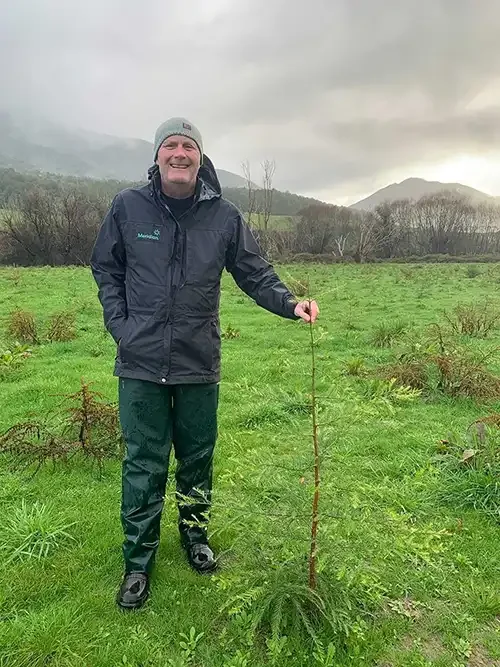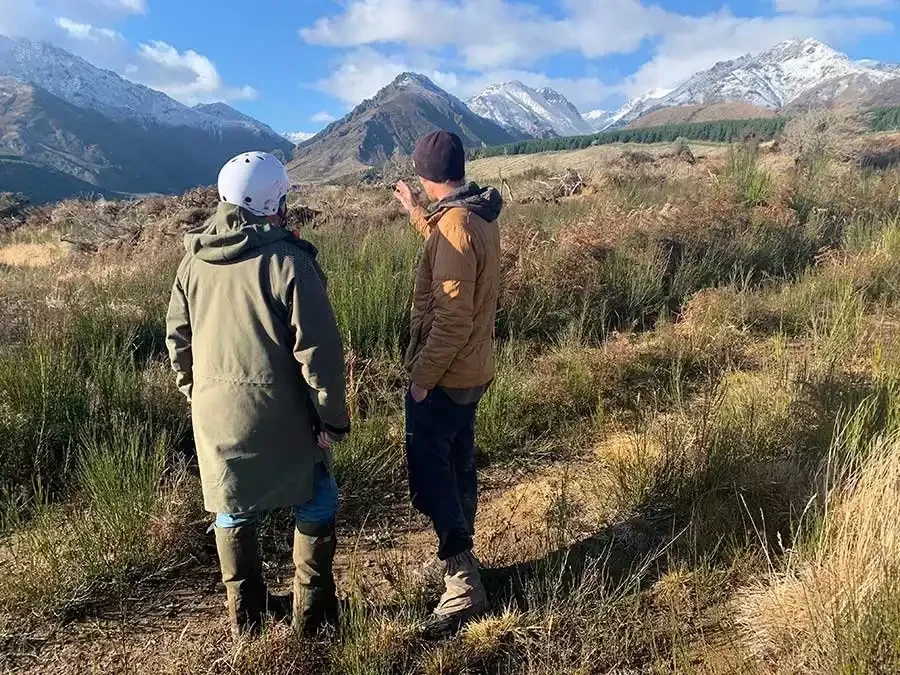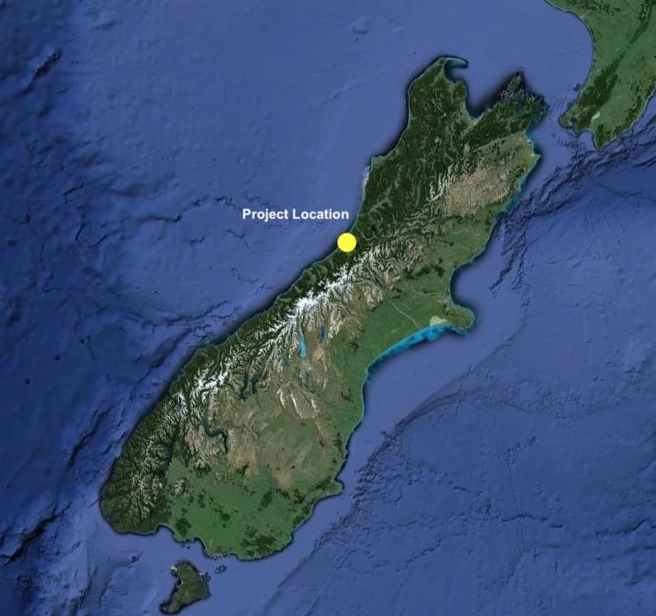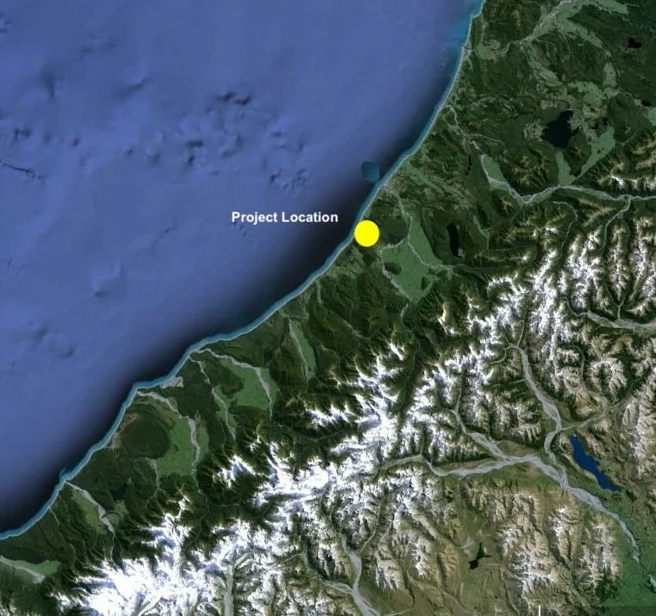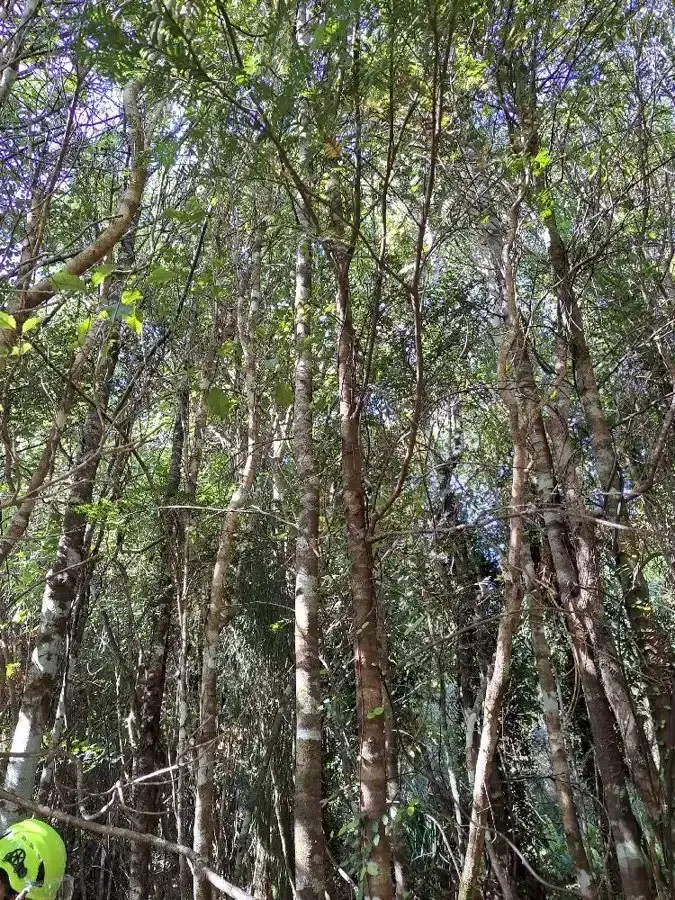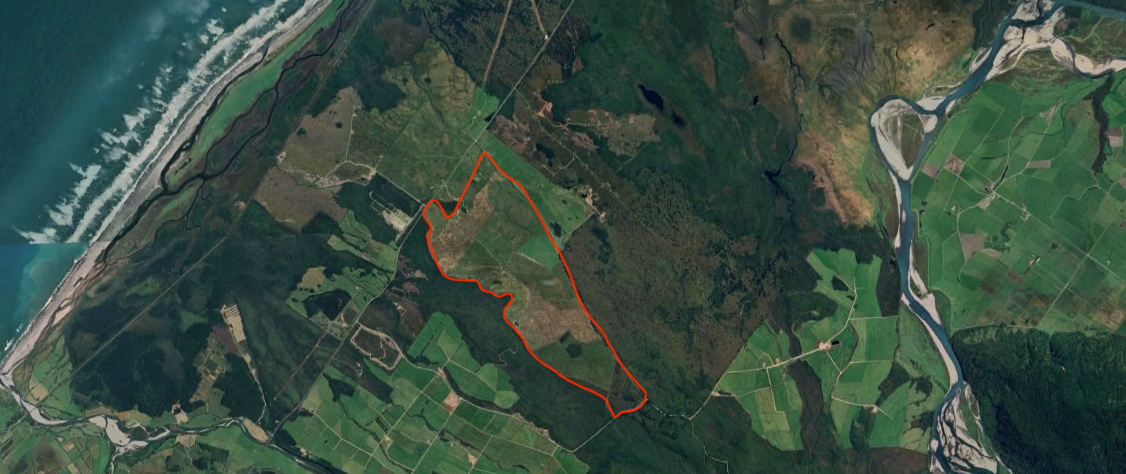
Ruatapu Forest Carbon Project
The Forest
The Ruatapu site is located off the statehighway on Falls Creek Road, in the West Coast of the South Island. The majority of the project site is historic glacial terminal moraine, and the site area is 286.7 ha. Multiple planting operations are being undertaken at the Ruatapu site with a mix of both natives and exotic areas, where any exotic area will be transitioned into native forest using continuous cover forestry.
The site consists of the following forest, alder planting (105.6 ha), native planting (21.7 ha), native regeneration (51.1 ha), native seeding with ~30 million native seeds (73.4 ha) and a small area of existing redwoods (4 ha).
The People
The landowner is Meridian Energy and its Forever Forest Programme.
The Location
The Ruatapu Project is located on Falls Creek Road, Ruatapu, West Coast.
Technical Stuff
The Ruatapu Forest Carbon Project is being undertaken under the Permanent Forest Category of the New Zealand Emissions Trading Scheme. The project issues New Zealand Units (NZUs) based on New Zealand Government rules for carbon sequestration rates by indigenous forest.
Ruatapu Forest Carbon Project
Project Name
286.7 ha
Project Area
Meridian Energy
Project Owner
Meridian Energy + Ekos
Project Developer
West Coast, New Zealand
Project Location
Continuation of pastorlaism (sheep/beef grazing)
Baseline Scenario
Permanent forest protection
Project Scenario
Afforestation/reforestation (A/R): Enhanced natural regeneration
Activity Type
Carbon sequestration; biodiversity conservation; water quality protection; climate resilience
Project Benefits
822,744
Trees Planted
New Zealand Emissions Trading Scheme - Permanent Forest Category
Carbon Credit Standard
Ministry for Primary Industries
Verifier
Carbon Credit Registry
Project Purpose
Meridian Energy Limited are planting trees throughout Aotearoa to reduce their carbon impact. The plan is to have 1.5 million seedlings in the ground over the next 5 years so that they are able to offset their operational emissions by half by 2030.

